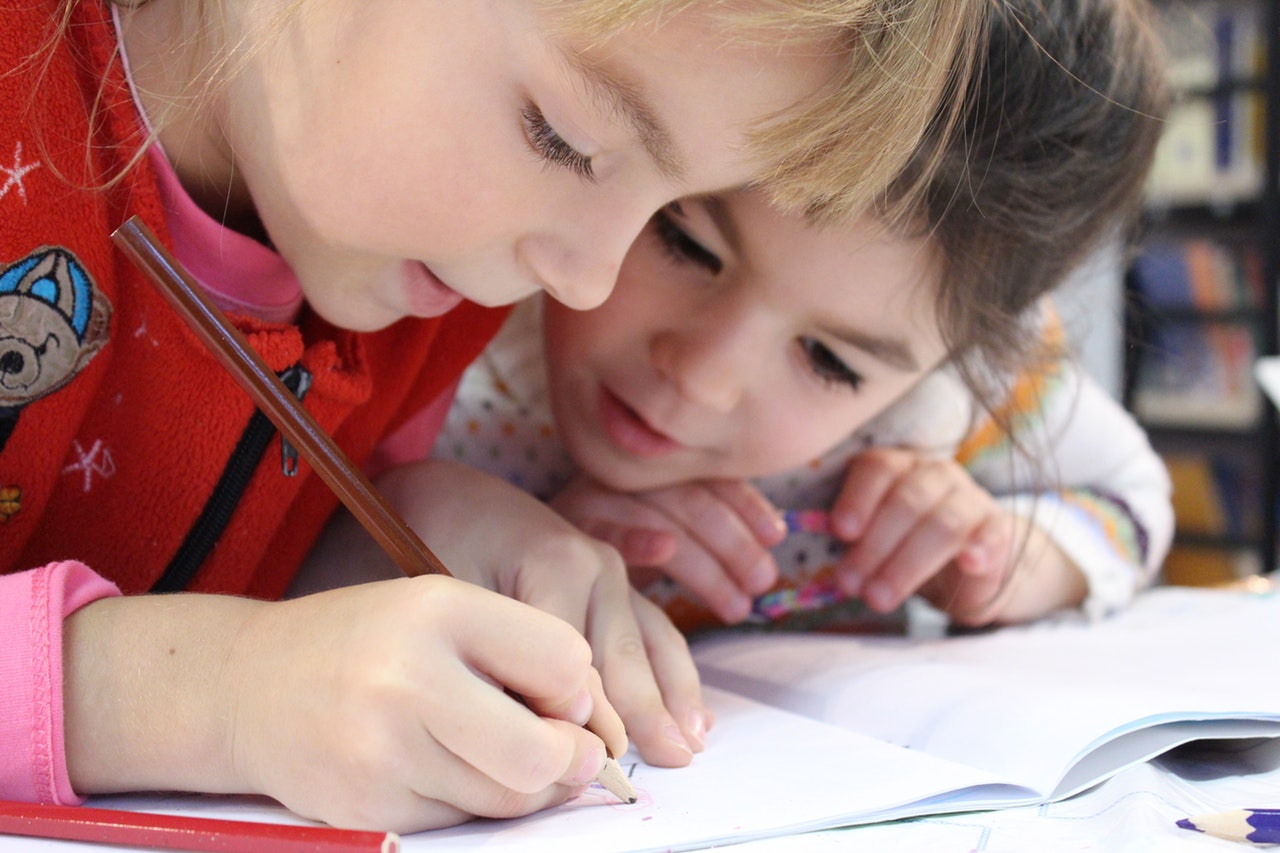The S.T.E.M. and S.T.E.A.M. movements popped up quite few years ago, and as time goes on they only continue to grow. Now that they’ve been around a while, the positive impact that this kind of education and play has on kids is becoming clear.
In this article, we’ll take a look at:
- What the S.T.E.M. and S.T.E.A.M. movements are
- How kids are being exposed to S.T.E.M. and S.T.E.A.M. activities
- What the outcomes of S.T.E.M. and S.T.E.A.M. education and play are
What is S.T.E.A.M.?
The term “S.T.E.M.€ dates back to 2004 and is most often attributed to National Science Foundation assistant director for education: Judith A. Ramaley. The acronym stands for Science, Technology, Engineering, and Math and advocates placing an educational emphasis on these subjects throughout a student’s education. Shortly following the advent of S.T.E.M., there was a push to add an increased emphasis on Arts education to the initiative in order to support the highly creative thinking that is necessary in most S.T.E.M. fields, and thus S.T.E.A.M. was born.

Today, S.T.E.M. and S.T.E.A.M. are used more or less interchangeably, and kids are exposed to S.T.E.M. and S.T.E.A.M. in a variety of contexts. Hands-on S.T.E.M. and S.T.E.A.M. activities have become popular in the classroom, after school clubs, and homes. There are even dedicated museums and discovery zones to offer more focused exposure to S.T.E.M. and S.T.E.A.M. instruction. But why is so much time and energy spent on developing these activities and initiatives? All of the attention really begs the question: what can S.T.E.M. and S.T.E.A.M. actually do for my child, anyway?
Why is S.T.E.A.M. so important?
S.T.E.A.M. Inspires Kids to Be Creative
S.T.E.A.M. activities require a combination of logical reasoning skills and creative thinking, making them a unique and beneficial addition to a child’s education. These sorts of activities teach kids to use their whole brains, both the analytic left hemisphere and the innovative right hemisphere, when approaching problems, which allows them to come up with more and better solutions.

Give Your Child a Confidence Boost with S.T.E.A.M.
We all want our children to feel like they can achieve anything they put their minds to, but for some kids math and science just feel daunting. If kids struggle with traditional approaches to teaching these subjects, they may feel like they “will never understand€ or “aren’t smart enough,€ and that’s not helping anyone! S.T.E.A.M. activities are hands-on, which takes some of the pressure off of kids and allows them to learn by doing in a way that is both effective and fun.
There’s No “I€ in S.T.E.A.M.!
A huge part of adult life is working successfully in teams– with colleagues at work, with family at home, and all over the place. S.T.E.A.M. activities are often structured as team projects or exercises, which provides kids with valuable experience working with other people. In addition to exposing children to the importance of cooperation and compromise, group activities also remind kids that they don’t have to do everything alone and that they’ve always got peers to help them out if they get stuck.

The S.T.E.M. and S.T.E.A.M. movements are now more than a decade old, but they continue to provide children with important benefits. Exposing children to these types of fun, hands-on activities ignites their creativity, boosts their confidence, and teaches them the importance of working well with others. These skills are essential for helping kids become well-adjusted adults, and we’re certain that the movement towards hands-on science and math training won’t run out of steam anytime soon.

